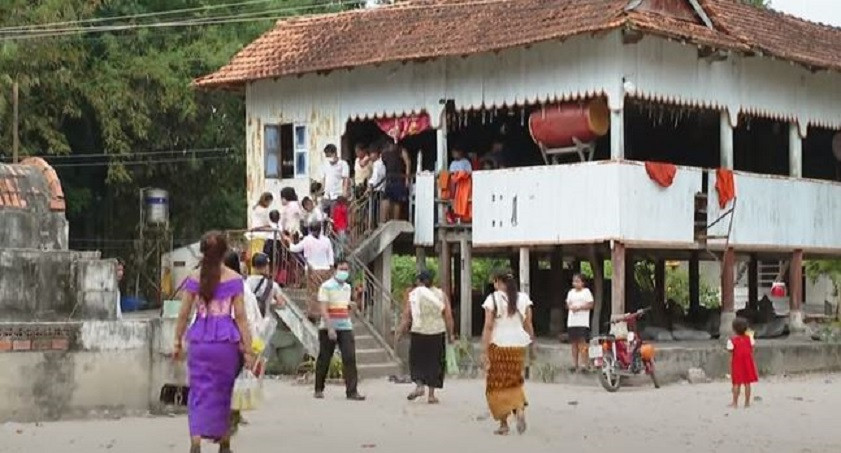
Tay Ninh province has 21 ethnic minority groups with more than 5,551 households and 20,415 people. The largest ethnic group in the province is the Khmer, with 2,392 households and 9,229 people, accounting for 0.77% of the population, living mainly in the districts of Tan Chau, Tan Bien, Chau Thanh and Hoa Thanh town.
In recent years, the work of preserving and promoting the ethnic cultural identity of the Khmer people in border areas of Tay Nin province has received special attention from local management agencies at all levels.
According to statistics, Tay Ninh province has seven Khmer ethnic cultural houses, three Sala houses and six Theravada Buddhist pagodas of the Khmer people. The Khmer people in Tay Ninh have well preserved their culture.
According to an official of Tan Bien District People's Committee, the district has three border communes with a border line of 92.5km (including 37.2km of rivers and streams), bordering 4 districts of 3 provinces of the Kingdom of Cambodia, which is a particularly important strategic location in terms of politics, economy, national defense, security and foreign affairs.
In recent years, the movement called "All people unite to build a cultural life"; the campaign "All people unite to build new rural areas and civilized urban areas" have been well implemented in the district. As many as 100% of cultural houses in border communes meet standards; the rate of cultural families remains above 80%. The district has 13 traditional cultural and artistic clubs.
The backward customs of ethnic minorities in border communes have been gradually eliminated. Schools are upgraded and newly built while the qualification of teachers is increasingly improved. The district’s cultural - sports center was built so that local people have a place to meet and organize cultural and sports activities, bringing a new look and color to the border area of Tan Bien district.
The cultural institutions that have been invested in and built have created changes in the cultural life of local réidents. Relic sites have been restored, embellished and preserved, contributing to enriching the cultural and spiritual life of the people, thereby creating conditions for people to preserve and promote their cultural identity and values, continuing to work with the government to build an increasingly stable and developed socio-economy.